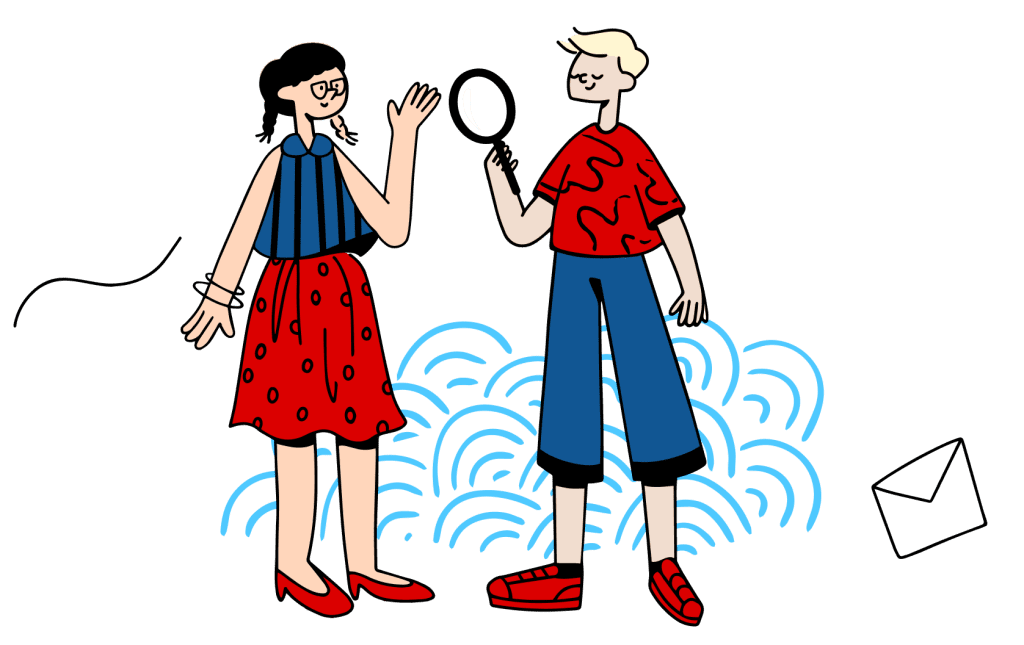
Communications
Aspire North is here to help young people from each of our partner schools, across the North of Scotland, to navigate the options and opportunities that are available after school, with a special focus on college and university.

Aspire North is here to help young people from each of our partner schools, across the North of Scotland, to navigate the options and opportunities that are available after school, with a special focus on college and university.




Be the first to know of our improvements and updates

Fill out the form below, and we will be in touch shortly